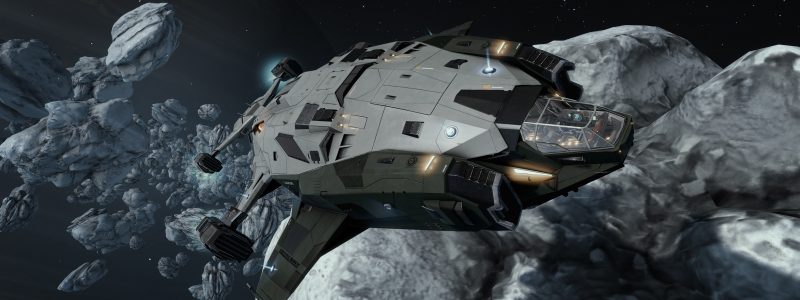I turned flight assist off. I throttled (not boosted) my XG9 Lance as fast as I could on a 0.08 atm planet. I let off the throttle… and nothing. My velocity never went down by even a single meter per second until I hit the ground. To be sure my thrusters weren't fooling me, I did it again, but rather than letting off the throttle, I shut off the thrusters completely. Still nothing.
Edit: I was not traveling towards the planet, but parallel and level with the ground. My velocity remained at the exact same number as it was during thrust. And yes, I'm aware traveling downwards will accelerate my ship.
While yes, 0.08 atmospheres is very thin, it's still 1.5x more than present-day Mars, and Mars has enough atmosphere for a helicopter drone to take off. You'd think a supersonic spaceship would be fast enough to be slowed a little bit by that much atmosphere.
I'm beginning to see why they put the totally arbitrary 0.1 atm limit on landable planets: they never actually gave us atmospheres outside of colored skyboxes. If they had simulated atmospheres, they could have easily cranked up the atmosphere generators to allow us to land on anything from an 0.06 atm Mars-like to a 90+ atm Venus-like, with free "landable" gas giants (just keep cranking up the pressure up and up the deeper in we dive, until our ships implode; no surface necessary). Proper atmosphere simulation would have given us the ability to land on over 75% of the game's planets.
Hell, even Pioneer Space Sim does this; a free and open-source Elite clone made by like 4 guys. Landing that game's starter ship on Venus while not being able to see jack shit until the ground suddenly came rushing at me at 1km altitude was an experience. If literally 4 dudes could pull off atmospheres in a space game, why can't fdev?







